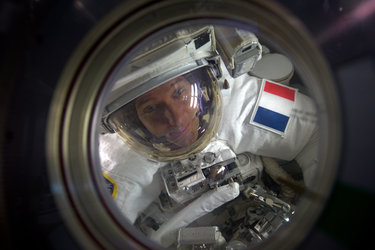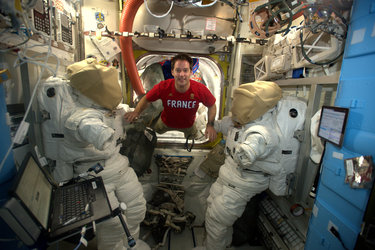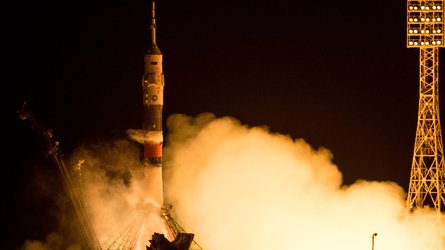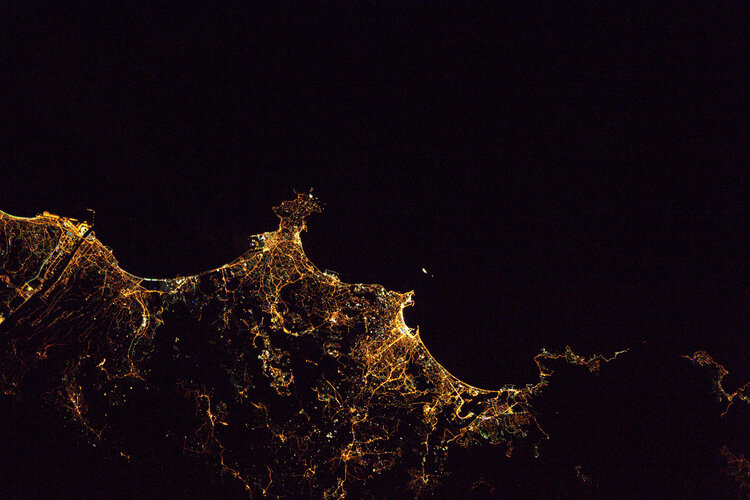Biology
Seedling growth-3
Most plants need light to grow but plants on the International Space Station adapt to living with 16 sunrises and sunsets each day under artificial light. Finding alternatives to sunlight is important because more countries rely on greenhouses for fresh produce.
This third part in a series of experiments analysed how Arabidopsis thaliana reacted to red light and microgravity focussing on how the structure of individual cells grow. Arabidopsis thaliana is a common plant found all over Europe, Asia and Africa. It was the first plant to have its entire DNA sequenced so biologists know this species well. Better understanding of this plant has increased our knowledge of plants in general. This experiment in space will further help to understand how the plant reacts to light and gravity.
Matiss


Access the video
This experiment tested the anti-bacterial properties of materials in space. France’s space agency CNES selected five advanced materials that should stop bacteria from settling and growing on the surface.
Bacteria are a big problem in space as they tend to build up in the constantly-recycled atmosphere of the International Space Station. Matiss aimed to find better materials to build a space station or spacecraft with, something especially important for longer missions farther from Earth. Researchers also monitored how bacteria form biofilms that protect them from cleaning agents and help them adhere to surfaces.






























 Thomas Pesquet on Facebook
Thomas Pesquet on Facebook Thomas Pesquet on Instagram
Thomas Pesquet on Instagram Thomas Pesquet on YouTube
Thomas Pesquet on YouTube
